I have written previously about the Dysart, its talented head chef and its wine list. Head chef Kenneth Culhane was a winner of the Roux Scholarship in 2010, and cooked at Tetsuya and Patrick Guilbaud amongst other places. The full tasting menu is currently £155 per person. One of the many nice things about the Dysart is that its tables are large and widely spread out, with ample space and no intrusive music in the dining room.
The meal began with grapefruit marmalade on Parmesan shortbread biscuits and a garnish of fennel. I always think that grapefruit is an underutilised ingredient in kitchens these days, and this unusual topping worked well with the delicate shortbread (16/20). A little beetroot tartlet was flavoured with Celtic mustard, smoked eel and wasabi. The tart base made by a traditional pâte brisée with butter, along with roasted nori and cumin seaweed mustard using yaki nori (toasted nori) from Shichigahama in northern Japan, this nori from the 2025 recent harvest. Crapudine beetroots are one of the oldest varieties of beetroots, here salt-baked to retain their natural flavour and then diced them tartare style to order. The dish was finished with diced Irish smoked eel and seasoned with Manni olive oil from Tuscany, topped with fresh Japanese wasabi and sorrel. This worked very well, the earthiness of the beetroot contrasting with the distinctive flavour of the eel, the kick of spice from the mustard and wasabi nicely elevating the dish (17/20). The ”hot and cold” dish has long been on the menu here for a long time, a nod to a similar dish at Arpege. I have written about this previously (16/20). At this point, the bread appeared, sourdough focaccia made from scratch in the kitchen, an excellent version that entirely avoided the dryness that so often afflicts focaccia in restaurants.
The signature dish of the restaurant is charred bream with daikon radish and a champagne sauce with ginger and spices. This was as lovely as ever, and again I have written about the specifics of this dish in previous reviews (17/20). Chilled soup of English peas also came with Granny Smith apple and lemon verbena. With the young peas, both the pods and peas are used. The peas are removed from their pods, the outer pods sliced very finely, then cooked in Manni olive oil with no colouration. To these are added a French Roscoff onion soup stock which has been previously cooked slowly for 4-5 hours, making a naturally sweet onion stock to give body to the soup. The fresh peas are added to the onion and sliced pod stock, boiled quickly then blitzed and passed over ice to stop the cooking process. This was seasoned with salt and Manni olive oil and made into a mousse. The base of the soup was enhanced with Granny Smith apple juice and lemon verbena grow in the Dysart’s garden, which is then turned into a granita which is grated to order. On top of the pea soup was a mint oil and crisps made with brown butter and roasted organic black sesame seeds, the roasting giving the seeds a smoky aroma. Peas are almost at their peak now and these had very good flavour, the acidity of the apple and verbena providing just enough freshness to bring to the concentrated flavour of the pea soup (16/20).
Fillet of Cornish turbot was from a huge 10kg specimen, served with buttered cucumber and Nantua sauce. The fish was steamed gently and served simply with buttered spaghetti of cucumber finished with some kombu infused vinegar. Nantua sauce is named after a commune in the Rhone-Alpes next to a glacial lake Nantua, and noted for its shellfish. This sauce is traditionally a bechamel made with crayfish butter and crème fraiche. The version here is made from langoustines and lobster shells, which are roasted with the bones from the turbot to add depth of flavour. The kitchen makes its own tomato paste concentrate by slow roasting local tomatoes for five days at a low temperature until they have a deep concentration. A little of this is added to the roasted shellfish shells during cooking, and the sauce is finished with some cayenne pepper. The fish was beautifully cooked and had great flavour, and the rich sauce went very well with it(17/20).
Guinea fowl from France came with morels, Swiss chard and a vin jaune sauce. The morels were wild ones from Lozère in Occitaine in southern France; Ken spent two years working in Montpellier and used to picking wild mushrooms in Lozère. A herb dashi was made with the bases of the morels incorporating Château Chalon wine from Jura. The tops of the morels are cooked in a pan with very finely diced shallots and the dashi stock and braised slowly to extract their wonderful woodland flavour. The guinea fowl was from the Ardèche region in south-east France. These birds arrive at the restaurant whole with their head and insides, and are hung and aged for five days before using them, which helps bring out the flavours when roasted in the oven. The whole bird is used in the sauce, with a stock from the carcass like a traditional chicken stock. The necks and wings are chopped into smaller pieces and then caramelised in brown butter with thyme Lautrec garlic. This is deglazed with Château Chalon vin Jaune, reduced and then combined with the guinea fowl stock and cream before being cooked gently. The sauce is blended and the braised morels are added, cooked further, then finished with a splash of fresh Château Chalon and lemon juice. The guinea fowl was served with earthy Swiss chard and finished with lemon juice to cut through the richness of the sauce. The quality of high-grade French guinea fowl is a joy, and the sauce had lovely depth of flavour, while the morels were superb (18/20).
A pre-dessert of Yorkshire rhubarb came with lime sorbet and crème fraiche, along with local medlar baked yoghurt. The rhubarb was poached in hibiscus, with cardamom and a low sugar syrup. A delicate dentelle tuile was then made from orange juice and shaped into a cylinder. This was filled with a hazelnut crumble, rhubarb compote, and crème fraiche. The top was made with a baked yoghurt, medlar and muscovado sugar mousse. The dish was finished with the hibiscus cooking liquor with a little lime juice. This was a pleasing and refreshing pre-dessert (16/20).
Chocolate mousse came with yuzu marmalade and a passion fruit and chill sorbet. This was pâtissier an entremets, a cake composed of multiple components assembled into layers, encased in a mousse, enrobed with a glaze and topped with usually various decorations and tuiles. There was a praline feuilletine base with a chocolate mousse on top, then a baked crème brûlée centre made with myrtle pepper berries. Yuzu jam is placed on top of the brûlée, and then glazed this with a mirror glaze. Finally, there was a tuile made from the grué de cacao or outer husk of the chocolate beans. The dish was completed with a passion fruit sorbet made with three varieties of chillies to create a rounded flavour profile: Ancho Mexican chillies , chipotle chillies and Thai chillies. This dish worked really well, the acidity of the yuzu balancing the richness of the chocolate, a gentle zing of bite from the carefully controlled chilli just livening things up (17/20).
The coffee supplier is Difference Coffee. Their Jamaican Blue Mountain was priced at £13.50 for a double espresso. The bill came to £296 per person with two nice bottles of wine between us. Our waitress today, Zoha, was excellent, and owner and manager Barny Taylor was as friendly as ever. The Dysart continues to be one of my absolutely favourite restaurants in London. Ingredients are impeccable, the kitchen technique is top notch and things are made the old-fashioned way, with stocks and sauces laboriously reduced rather than being poured out of a bought-in bottle from a company like TrueFoods, as seems to be increasingly the case even in multi-starred London venues. The Dysart is the real deal.
BookFurther reviews: 24th Jan 2025 | 01st Aug 2024 | 20th Jun 2024 | 08th Dec 2023 | 27th Oct 2023 | 17th May 2023 | 17th Feb 2023 | 18th Feb 2022 | 12th Jun 2021 | 24th Jul 2020 | 04th Jul 2020 | 13th Mar 2020 | 15th Nov 2019 | 14th Nov 2018 | 15th Dec 2017 | 15th Sep 2015 | 04th Mar 2014 | 03rd Jan 2014
















































































































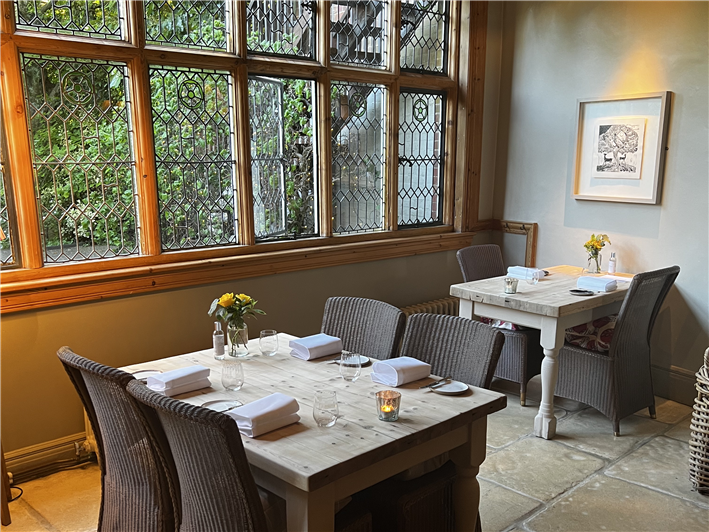
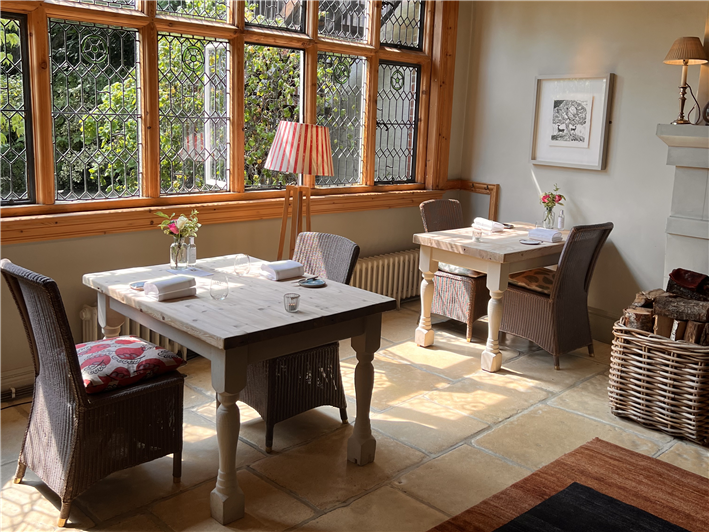
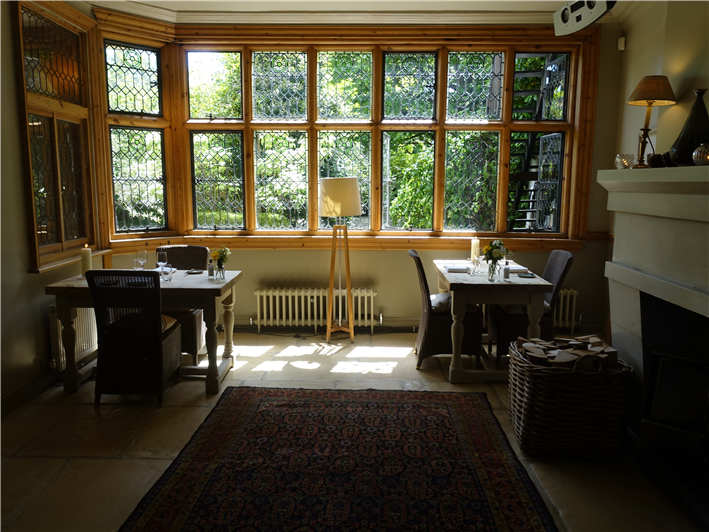
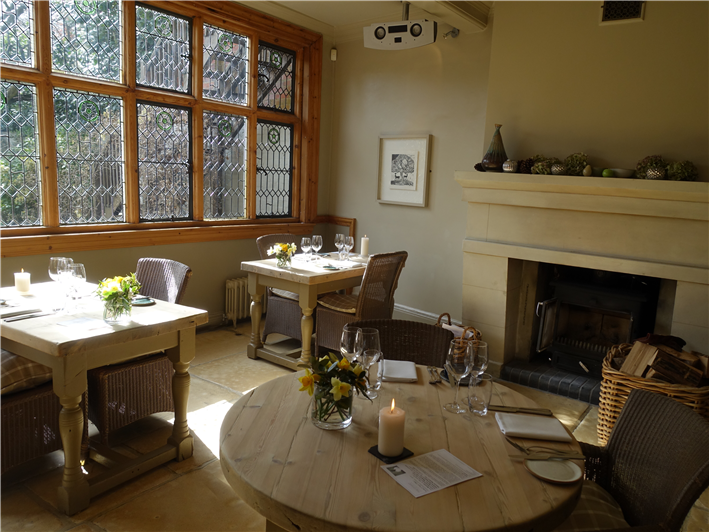
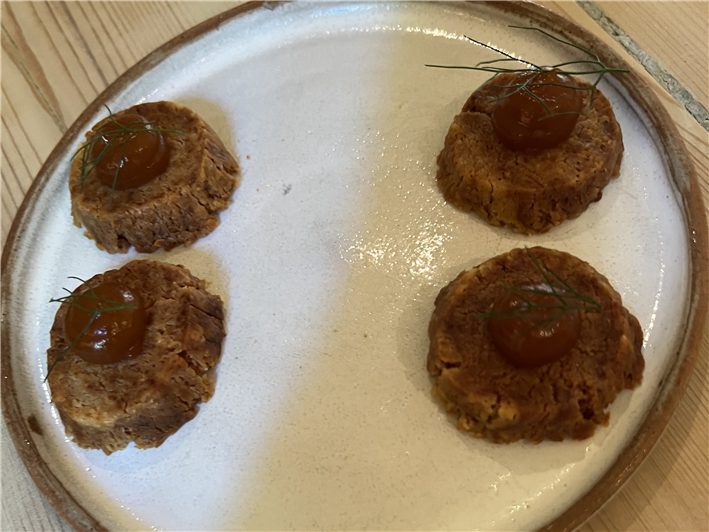
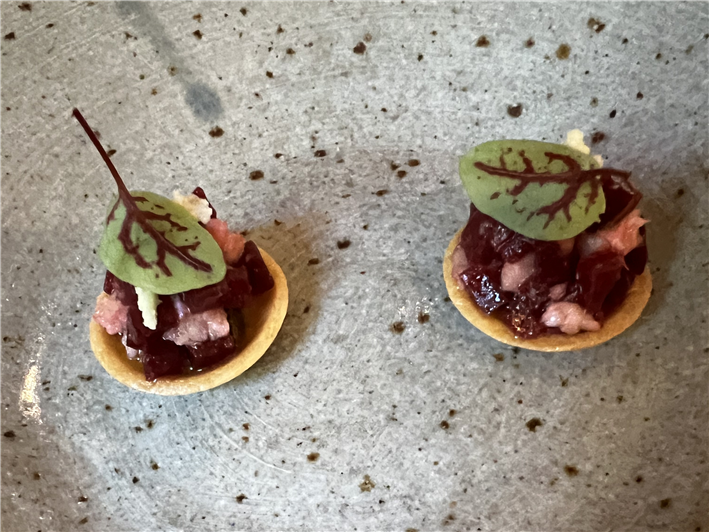
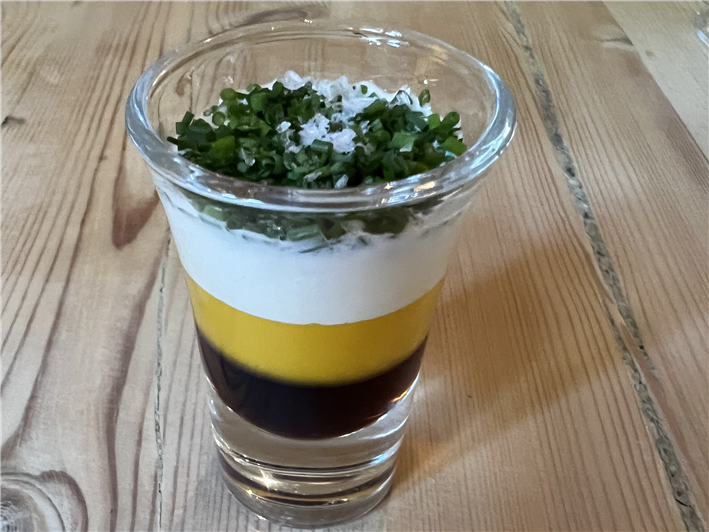
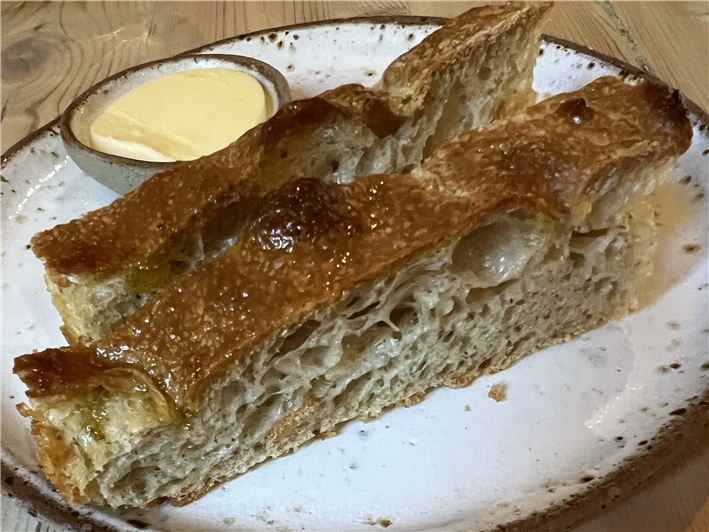
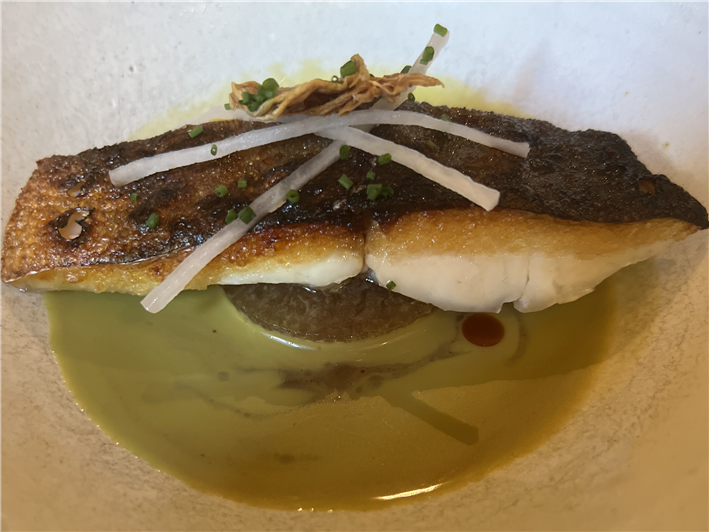
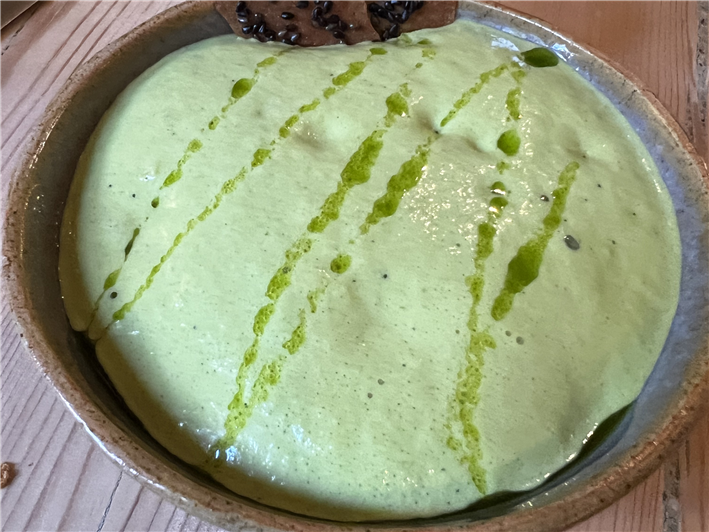


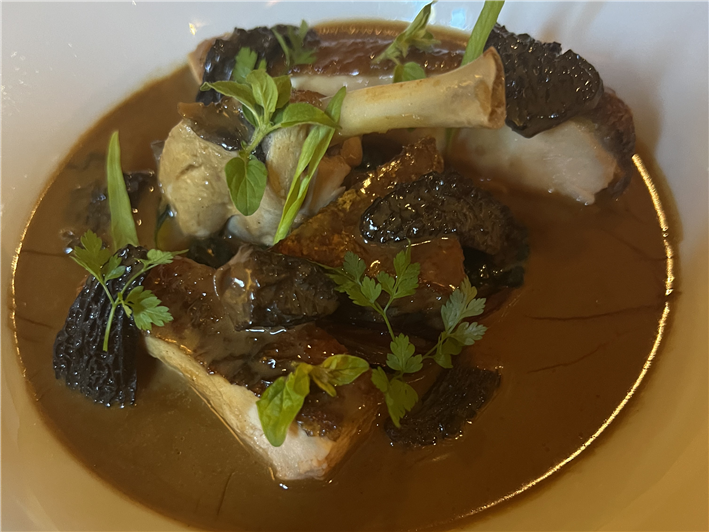
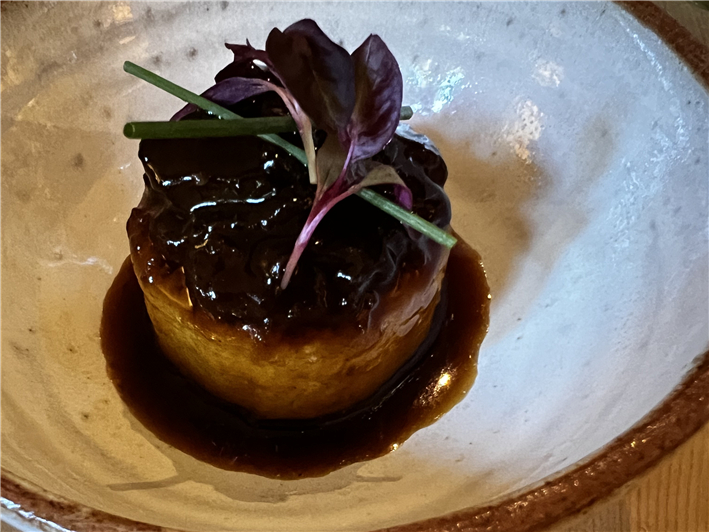
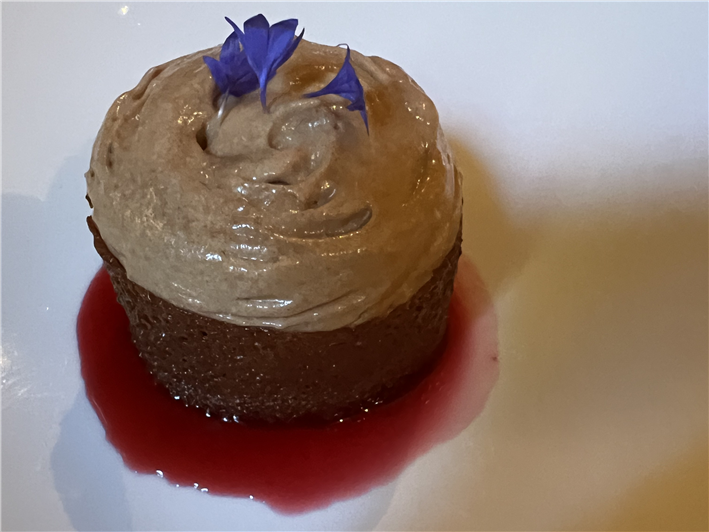
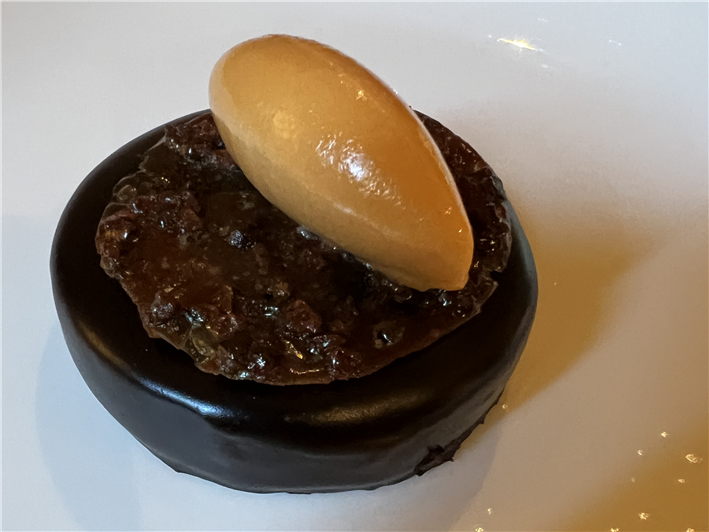
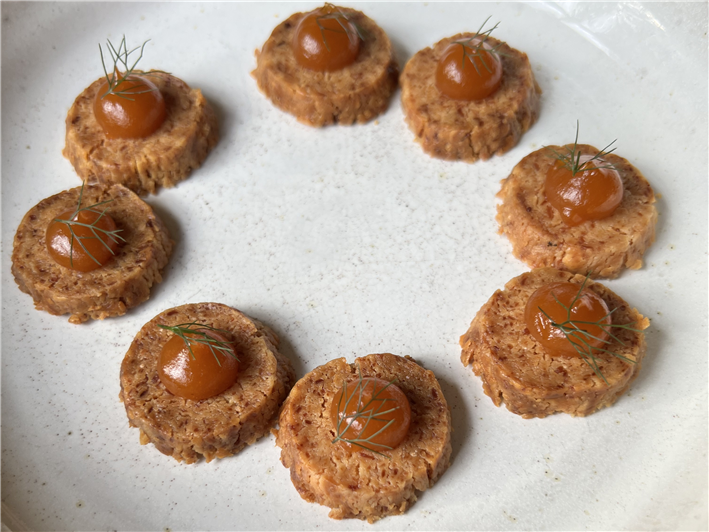
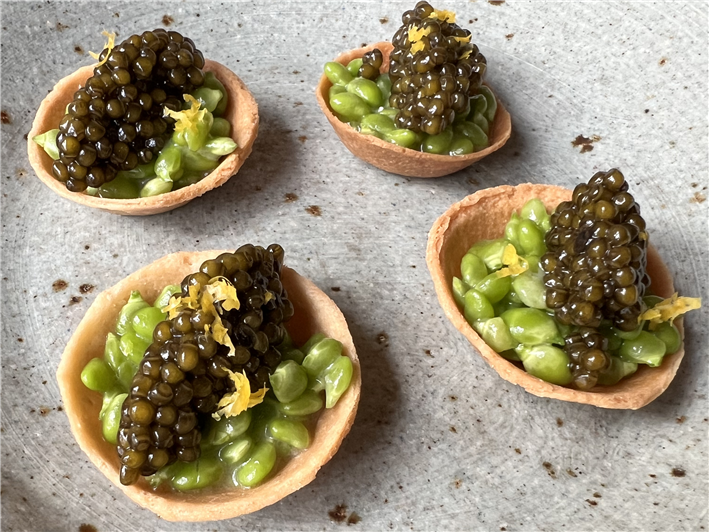

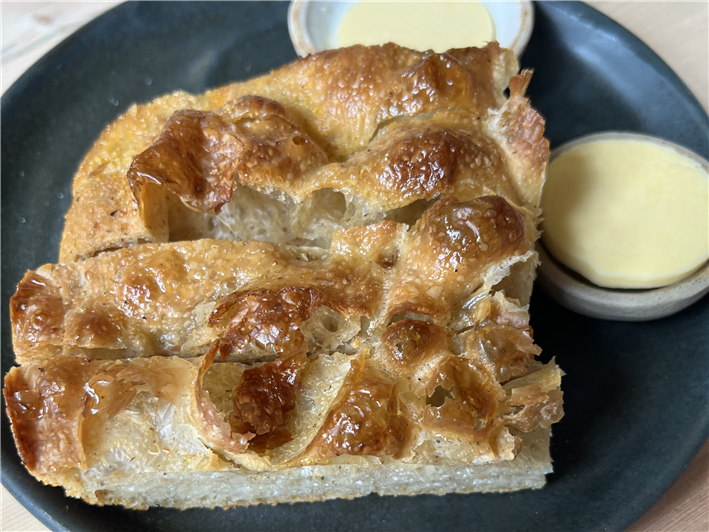
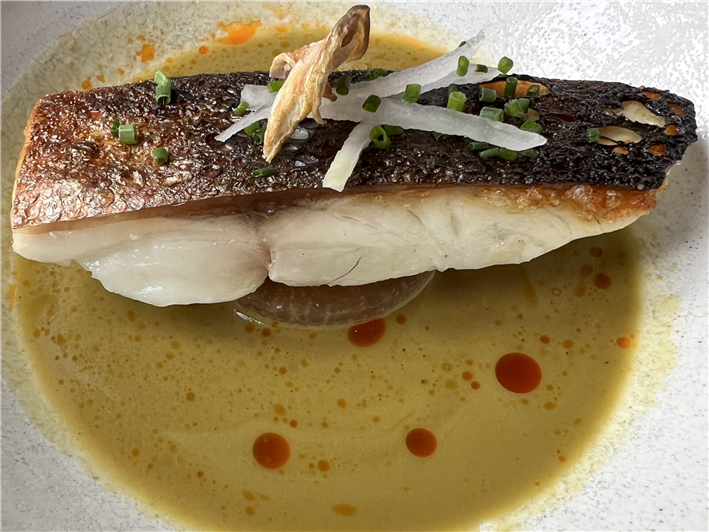

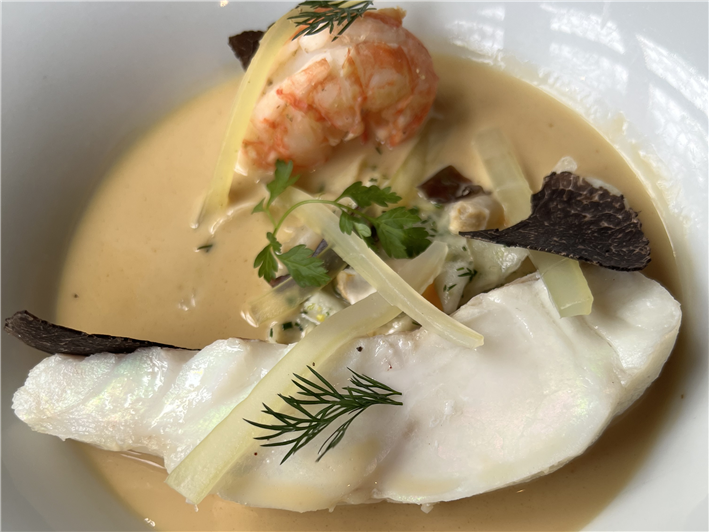
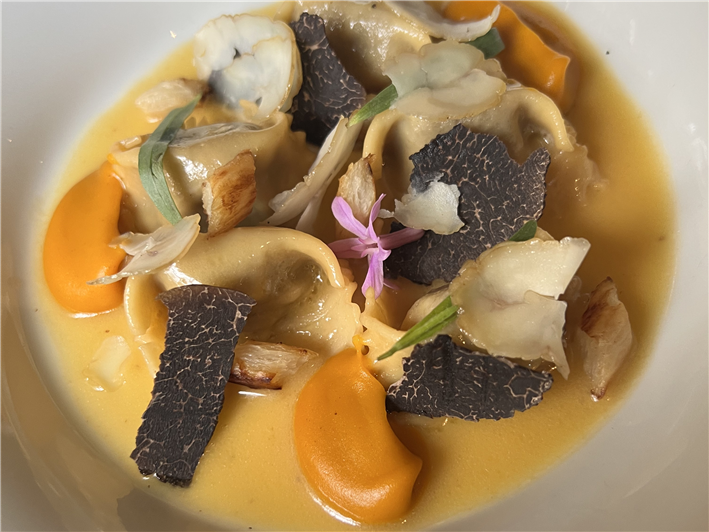
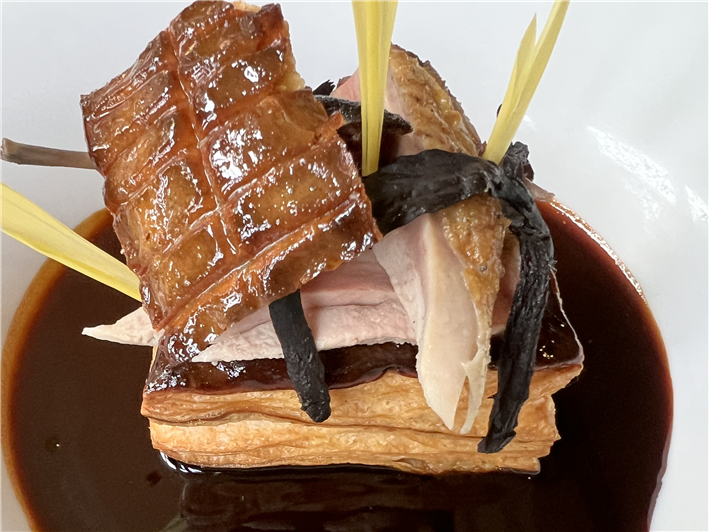
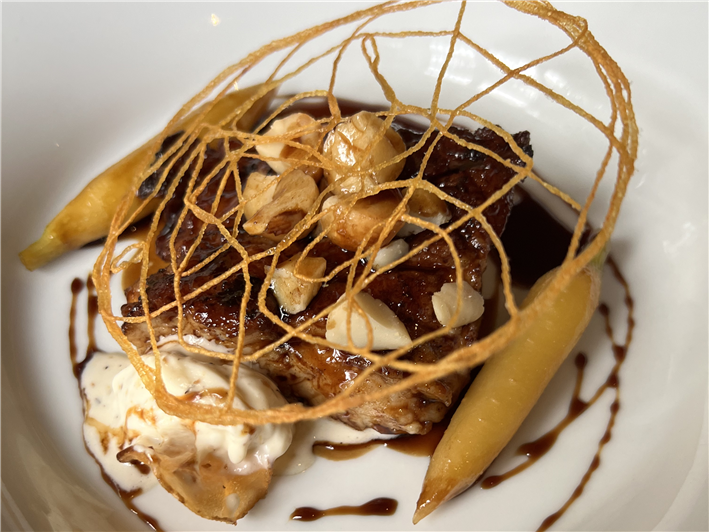


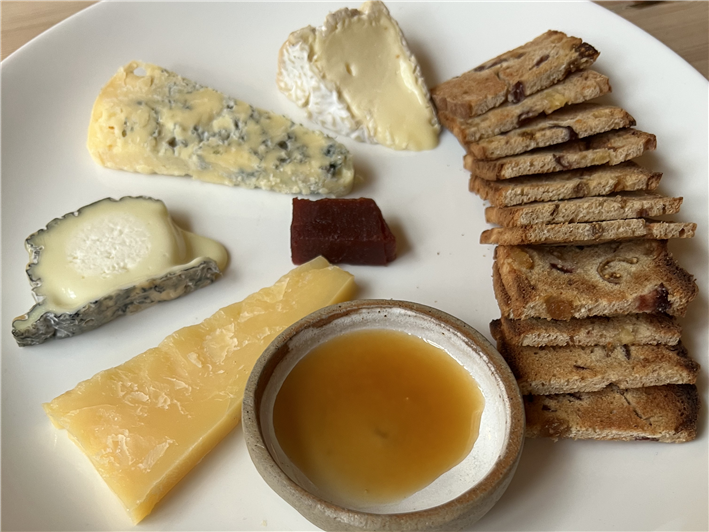

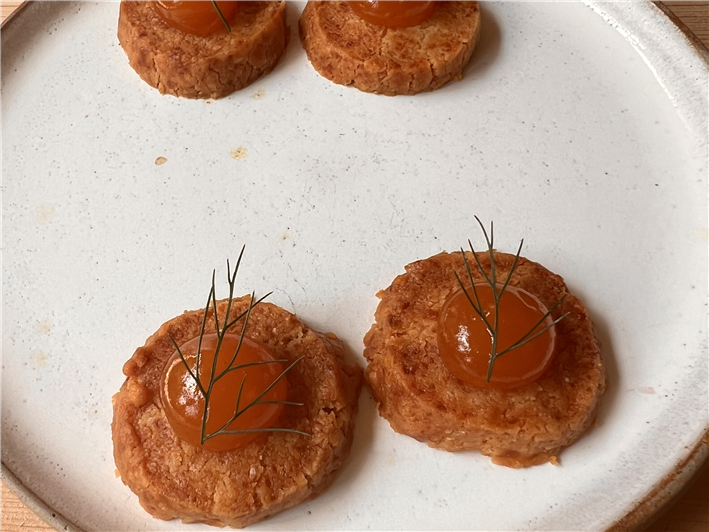
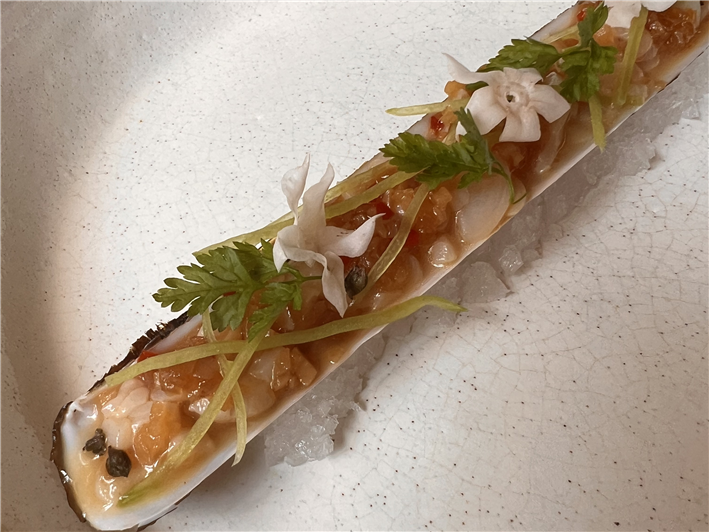


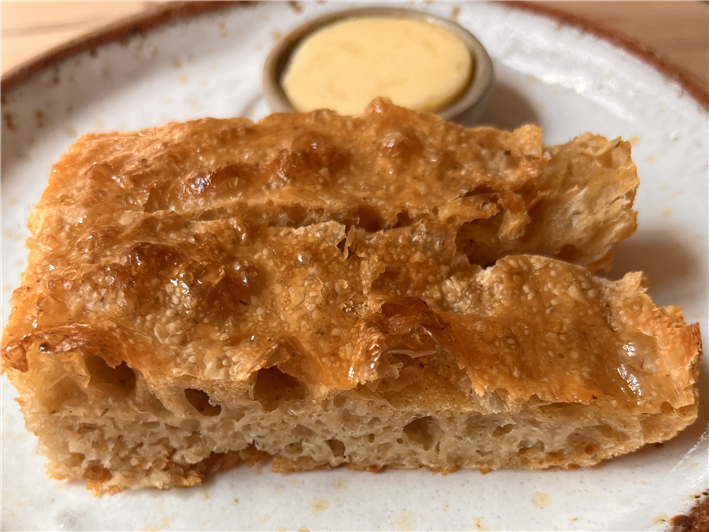
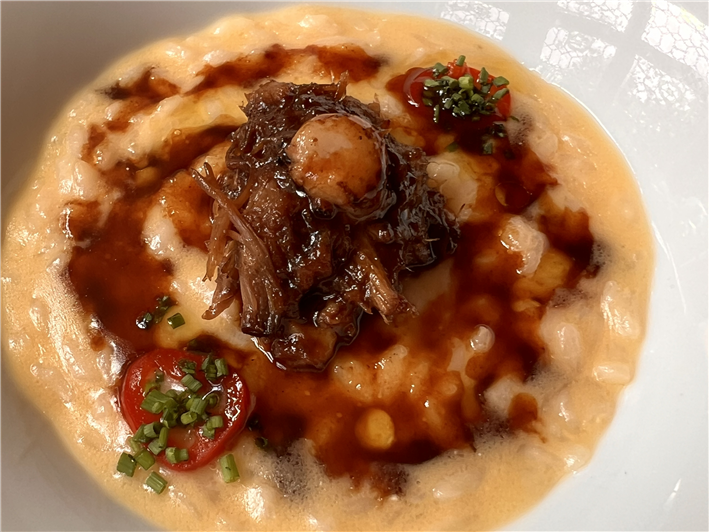
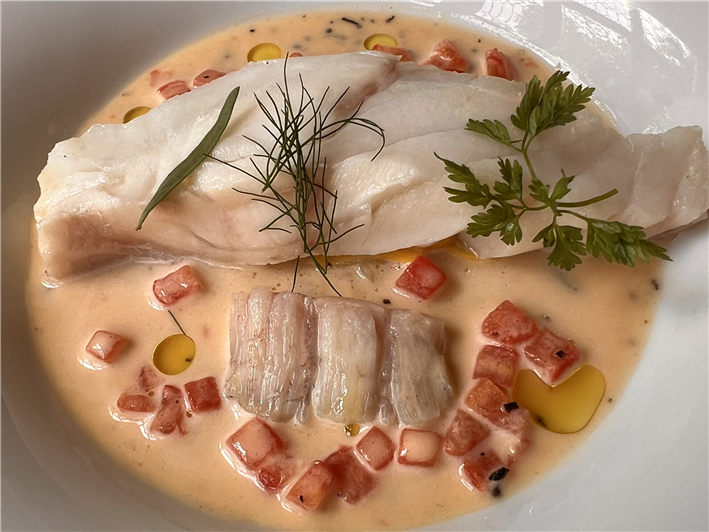
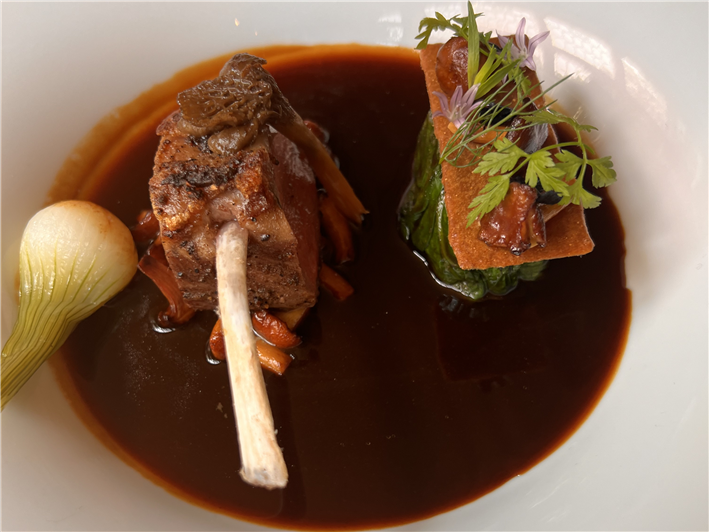
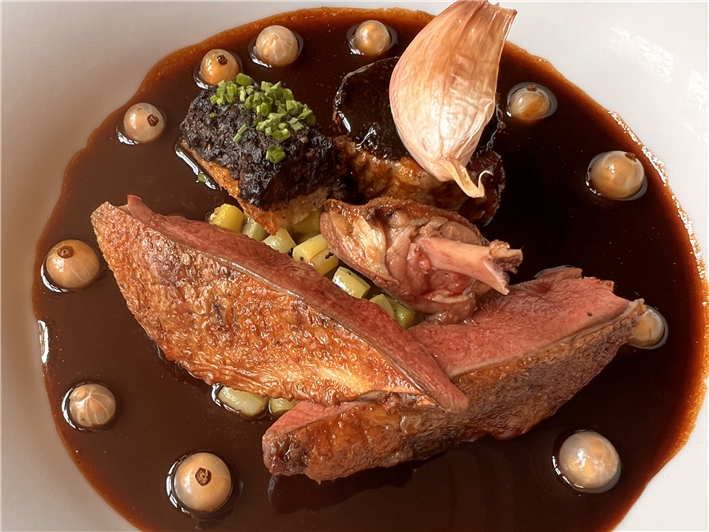

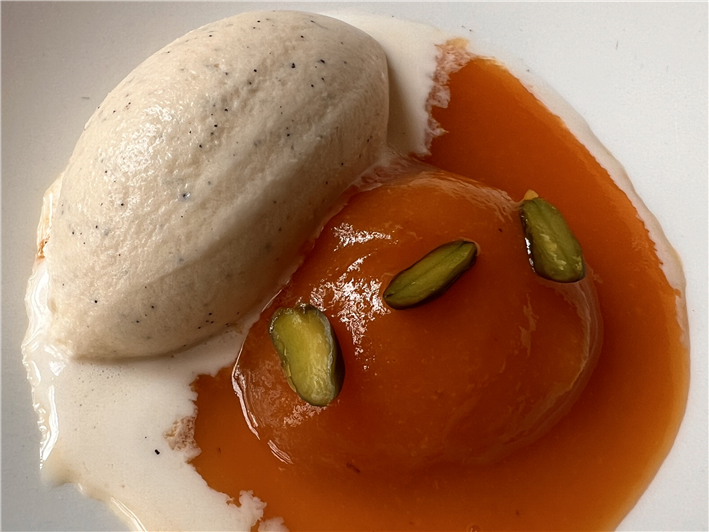

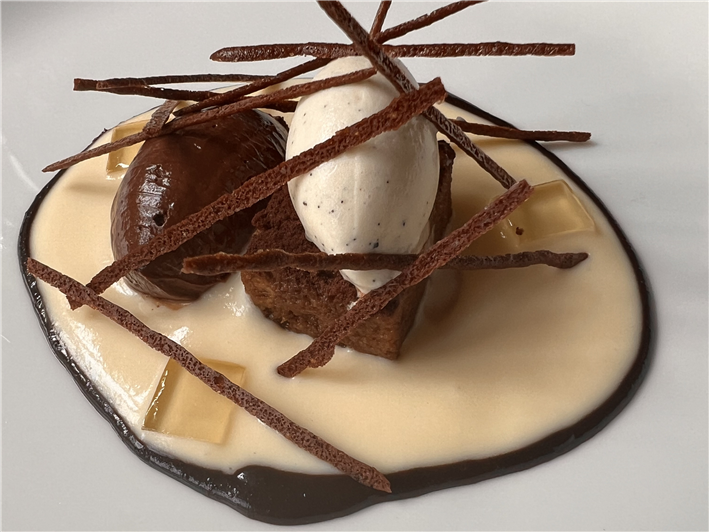
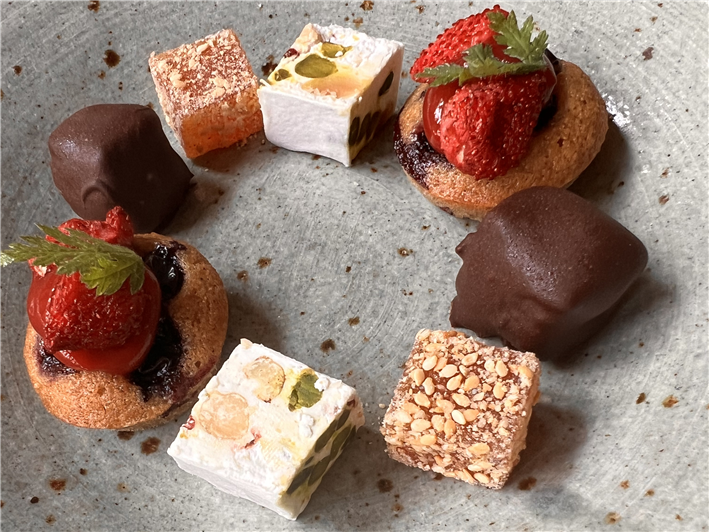
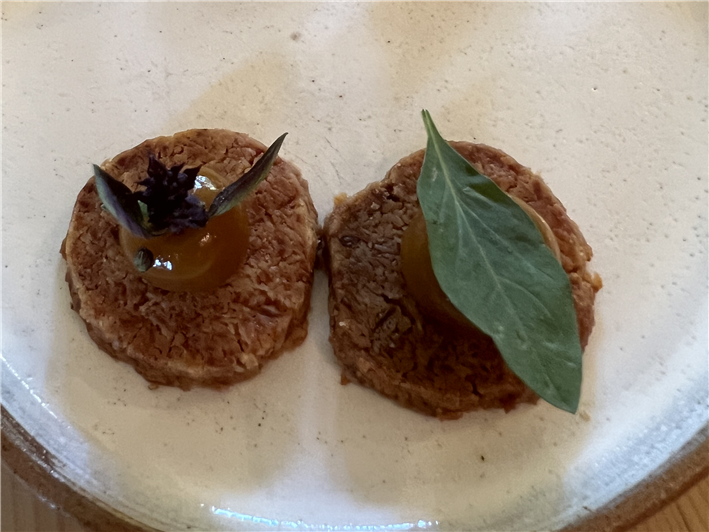
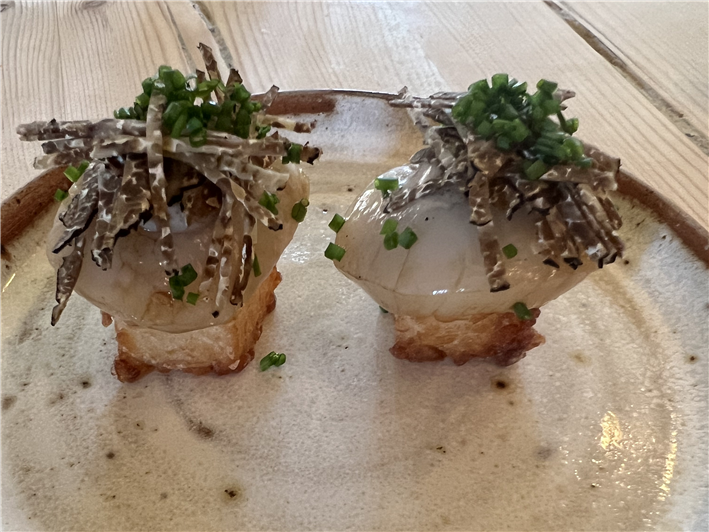


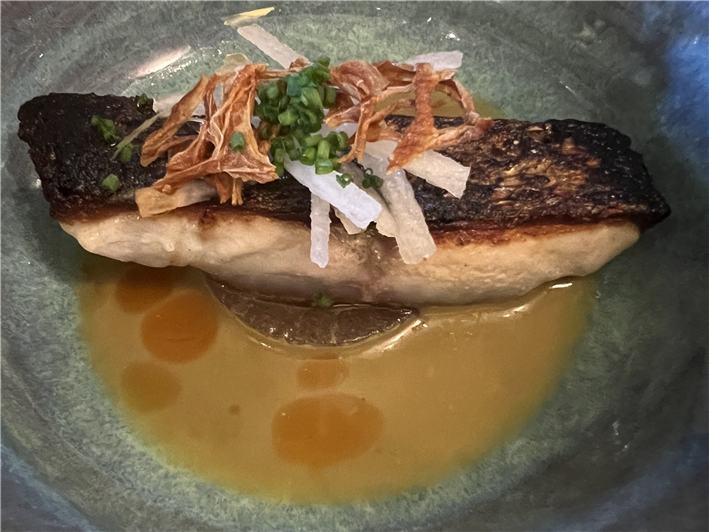


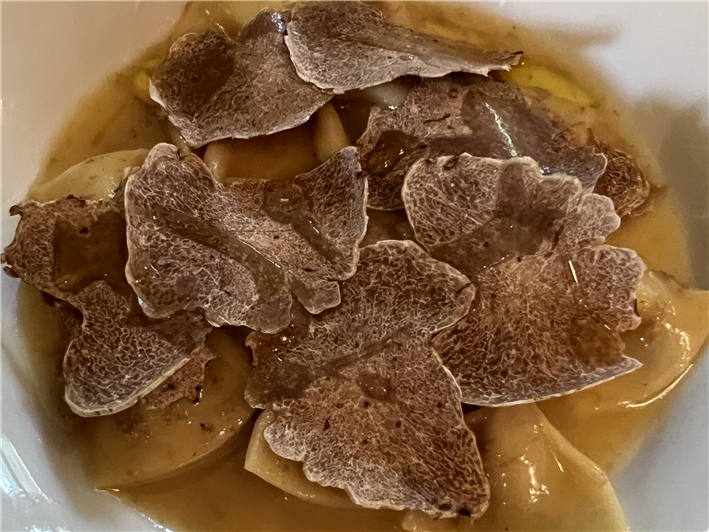
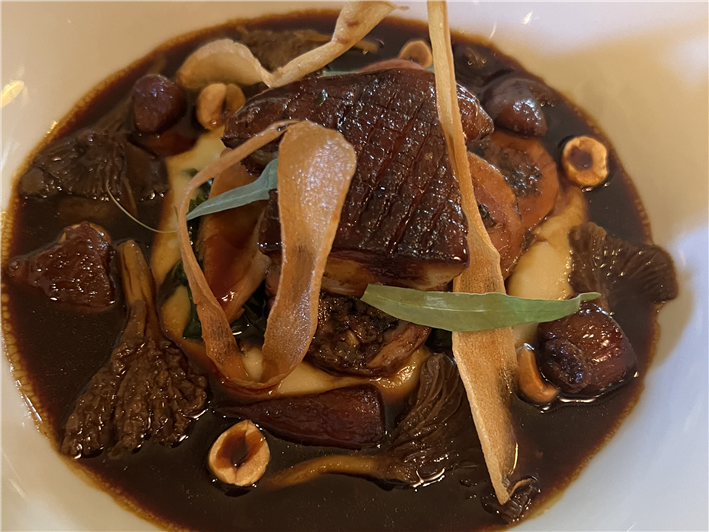
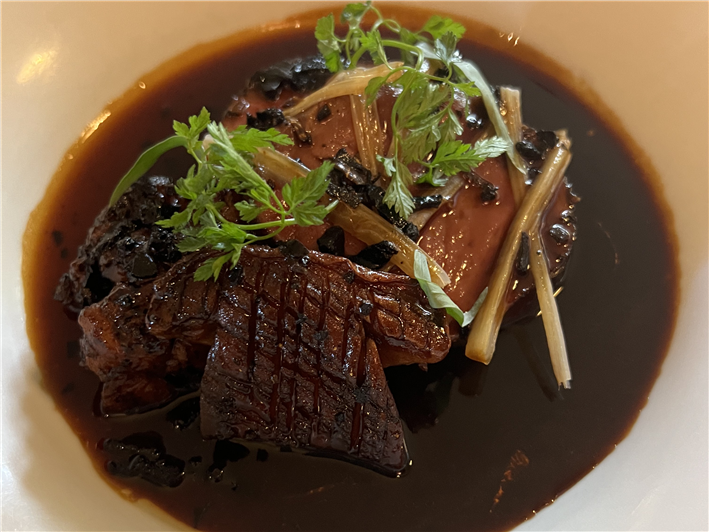
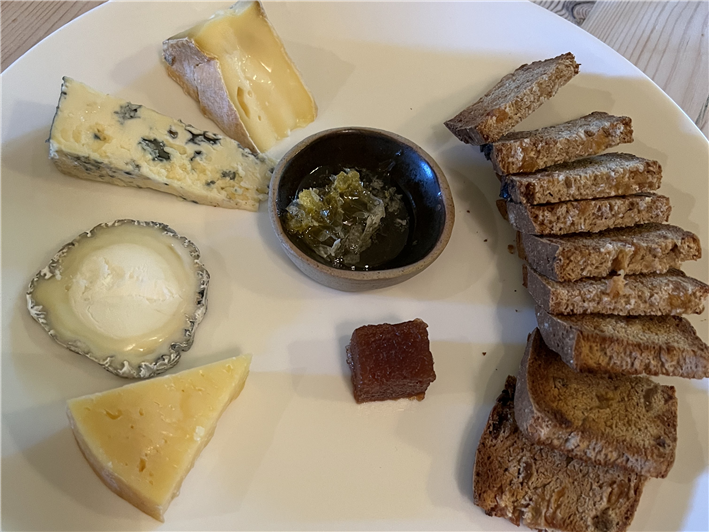
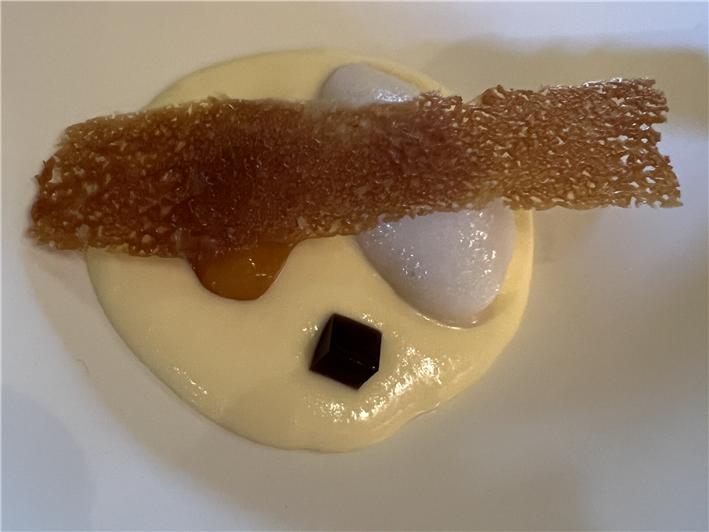

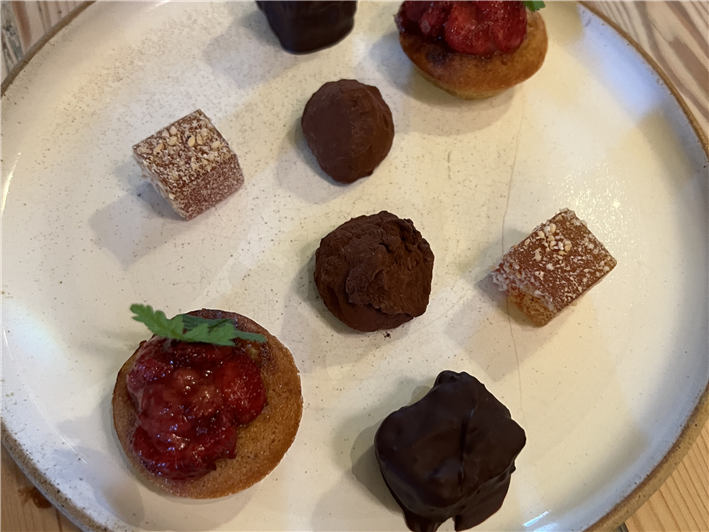
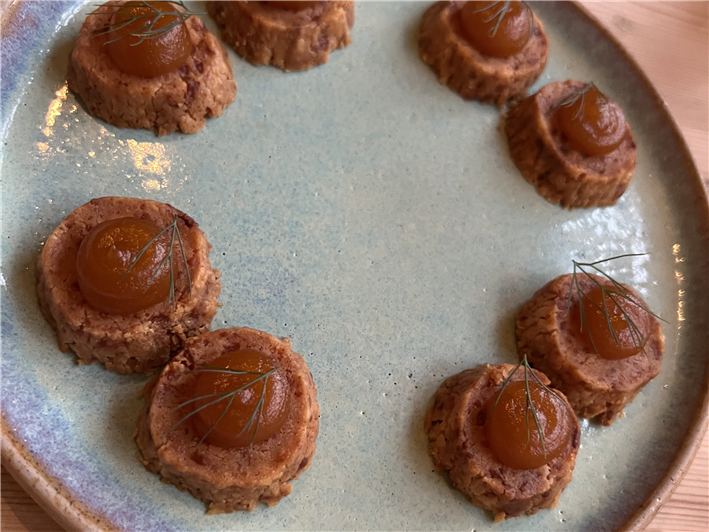
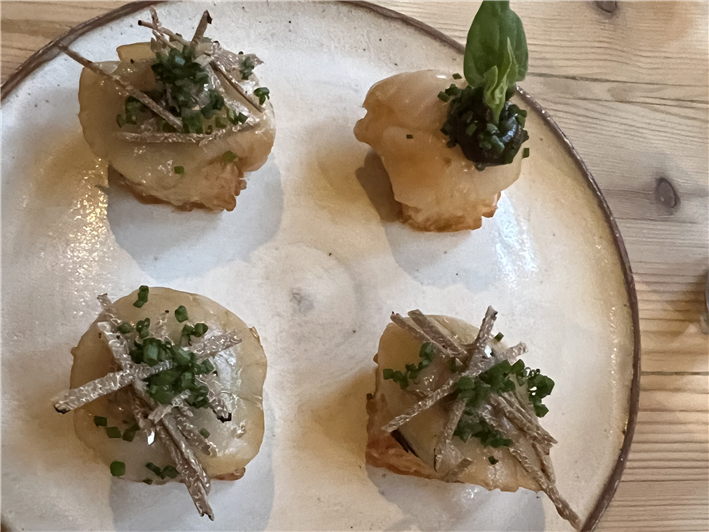
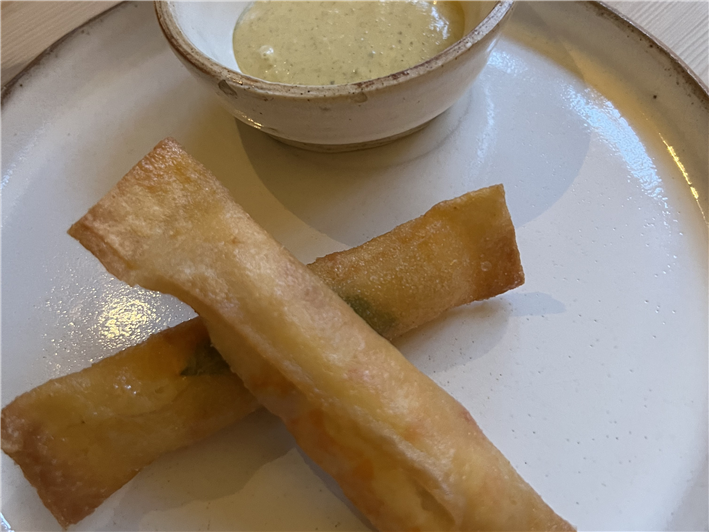
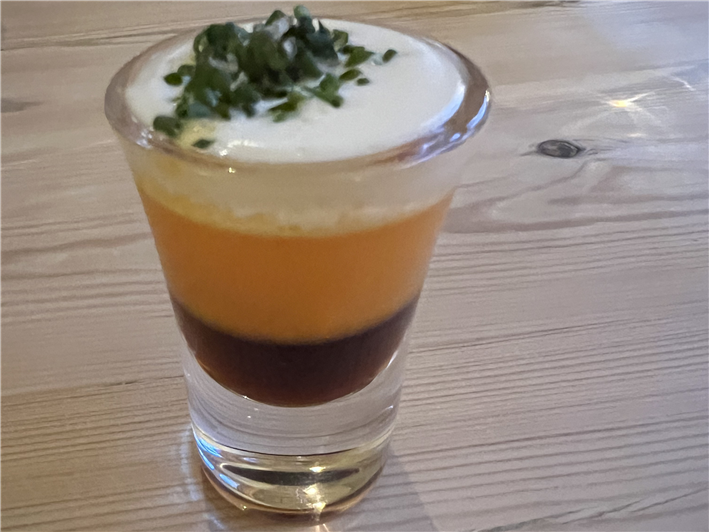
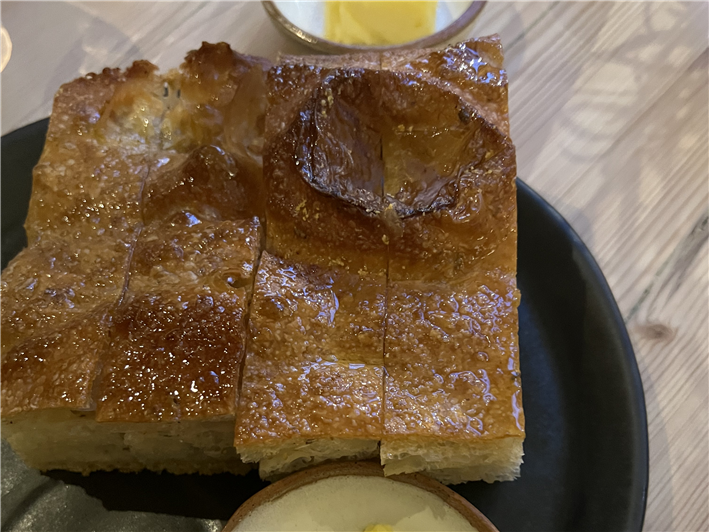
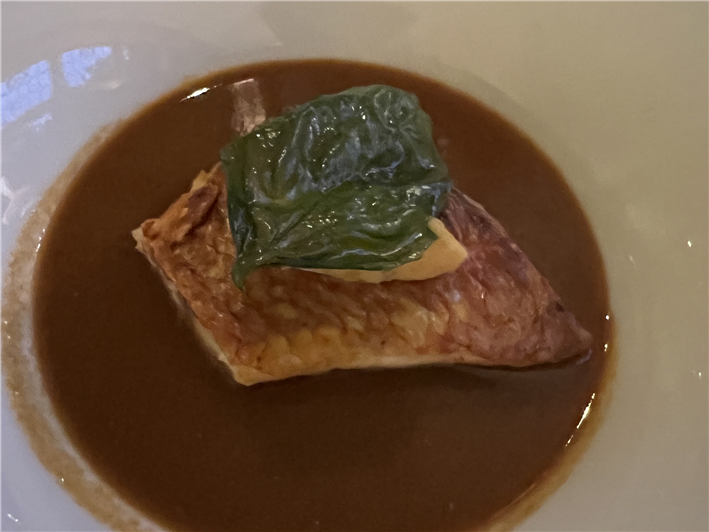

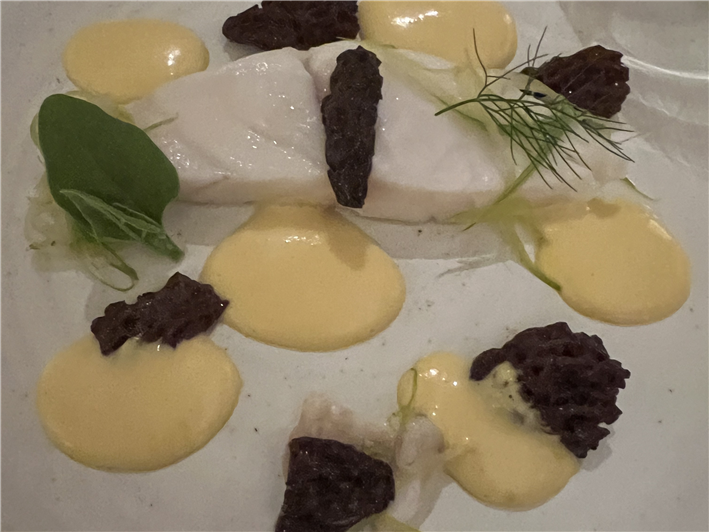


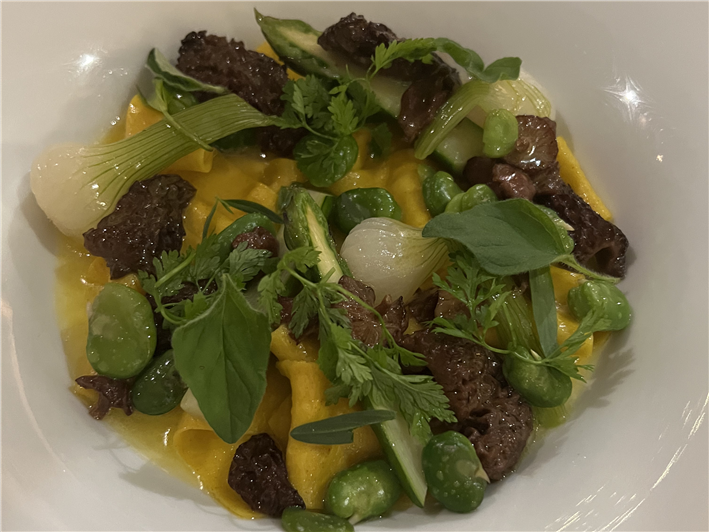
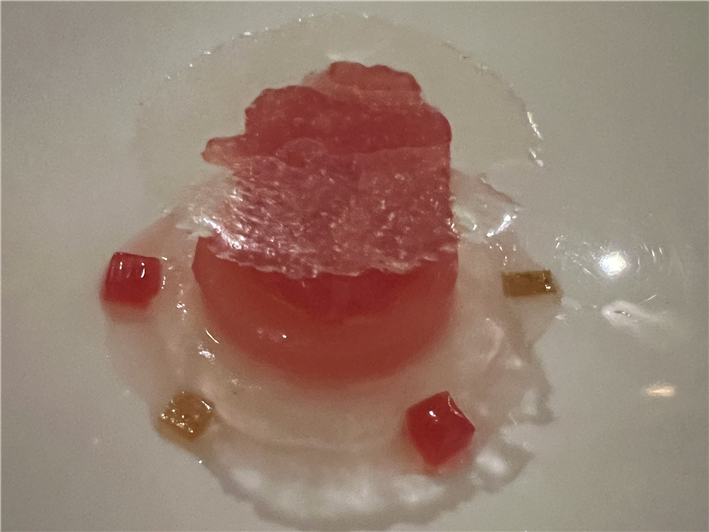
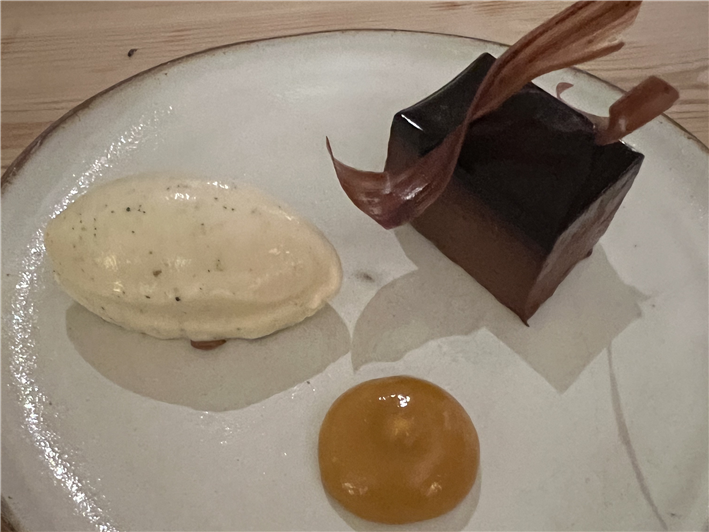
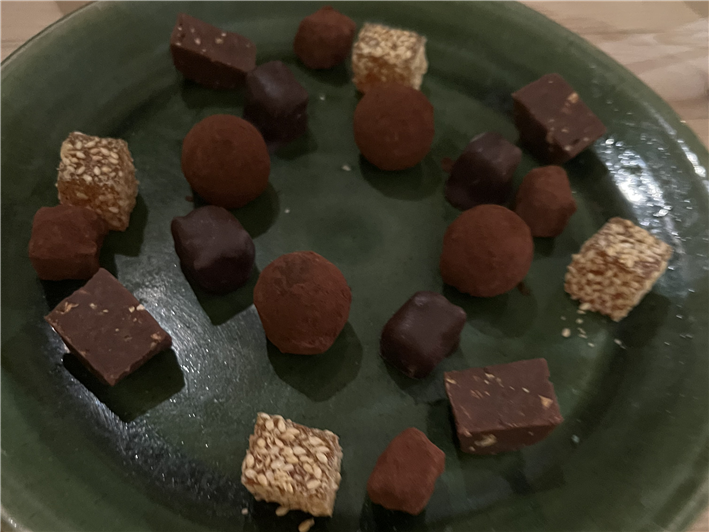
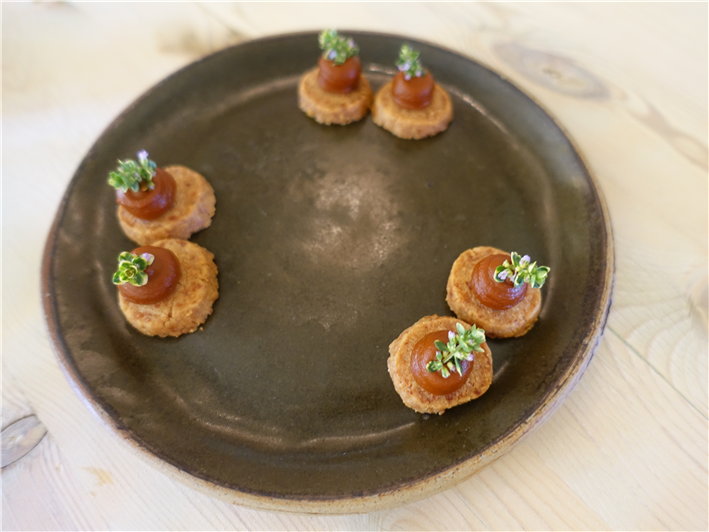

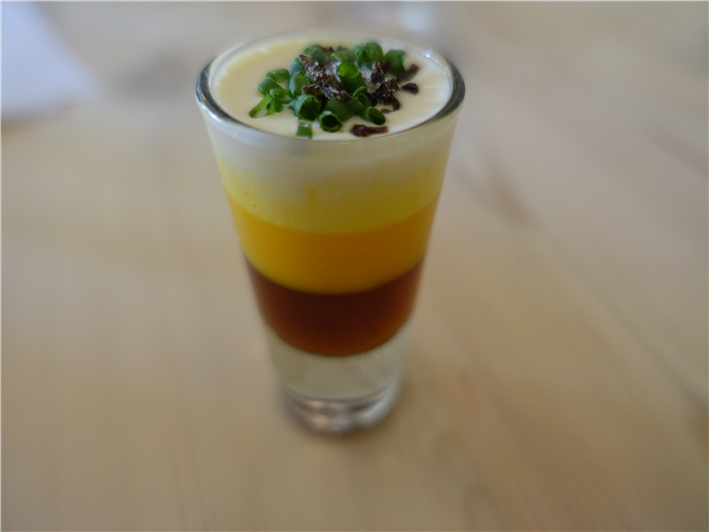
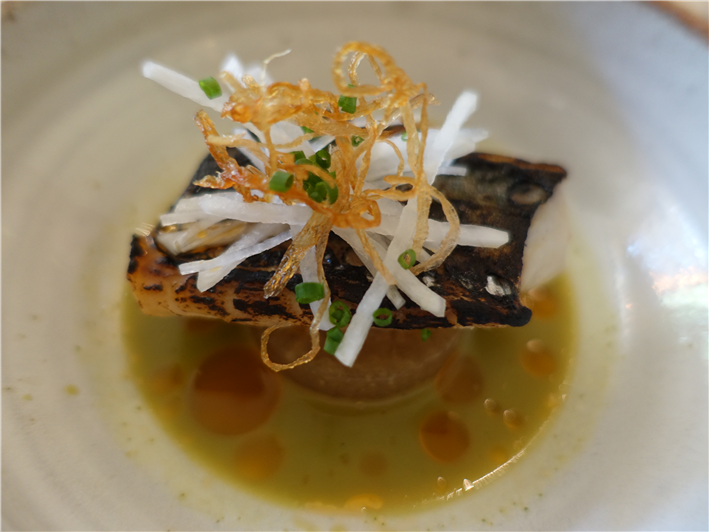
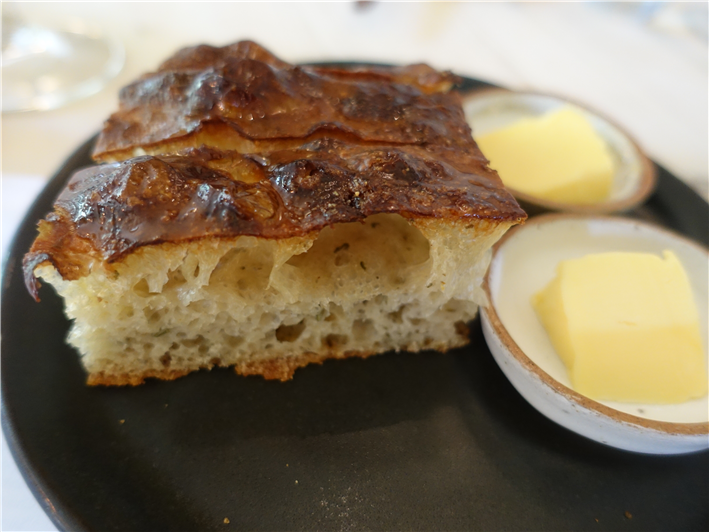
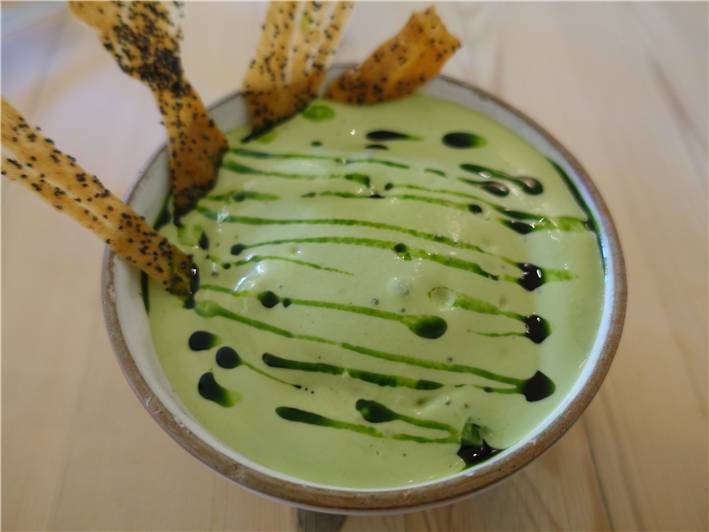
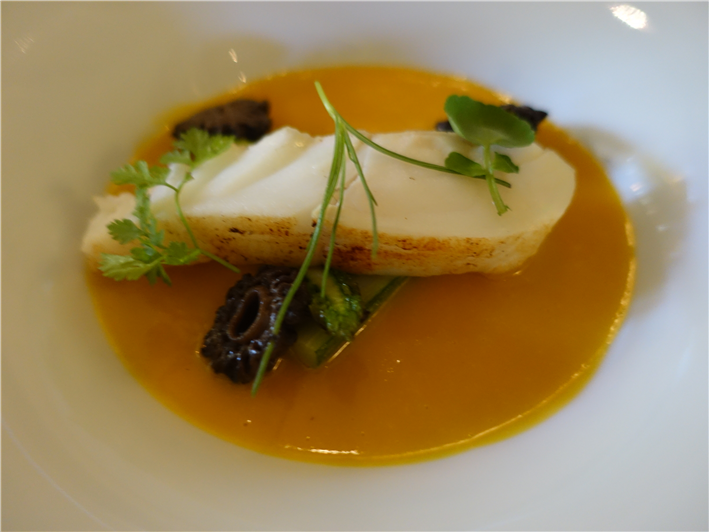

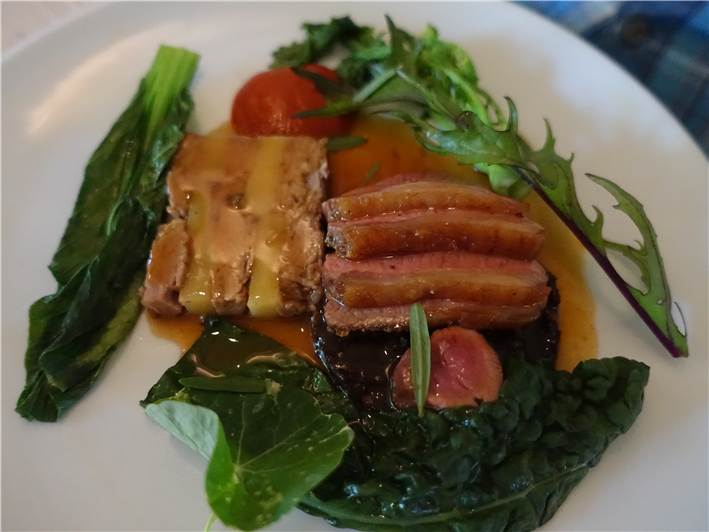
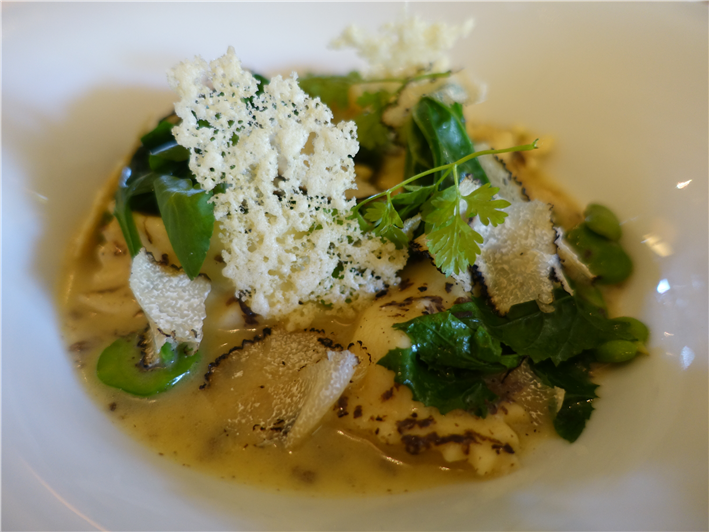
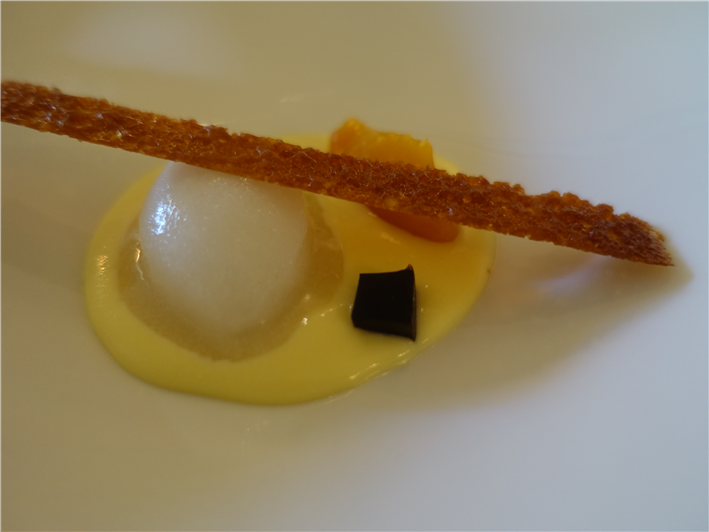
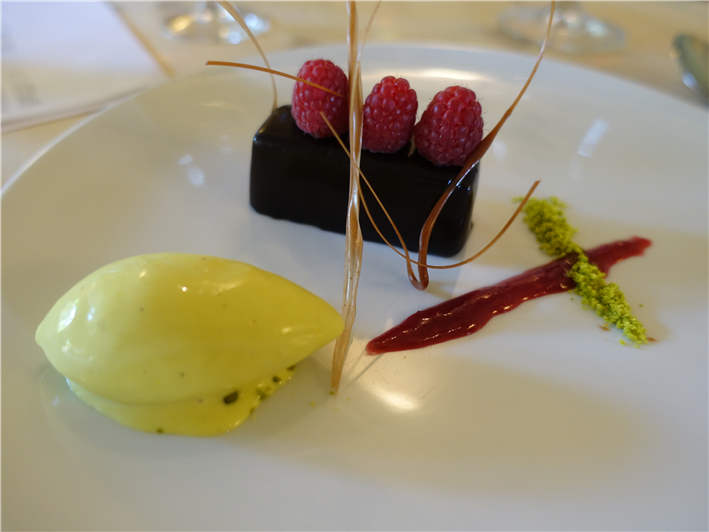
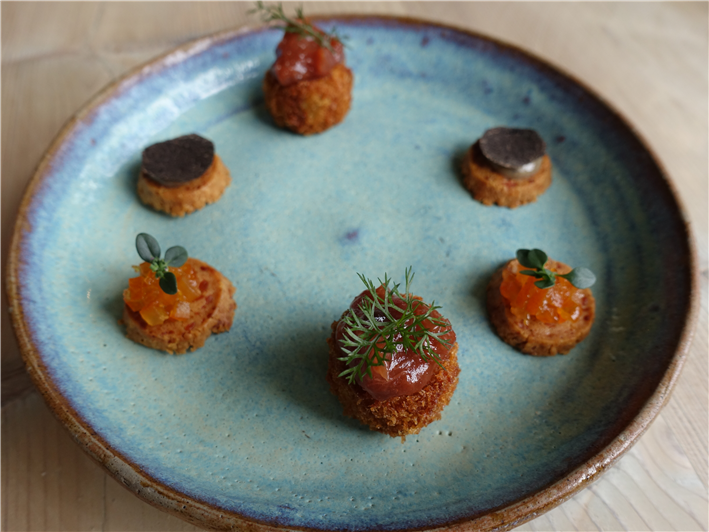
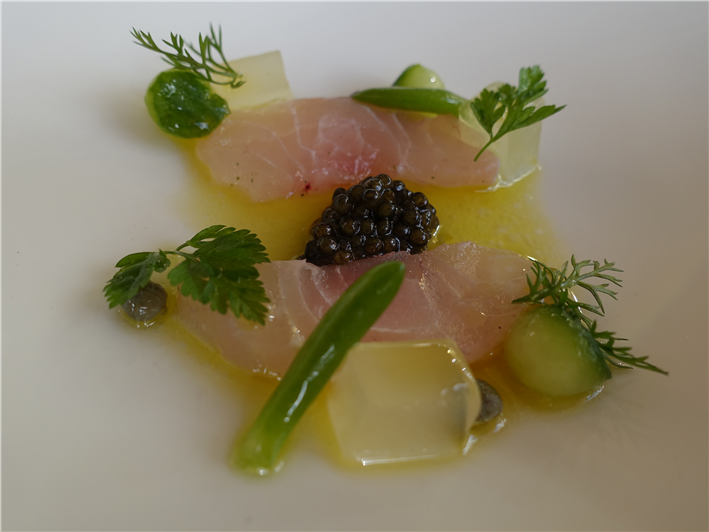

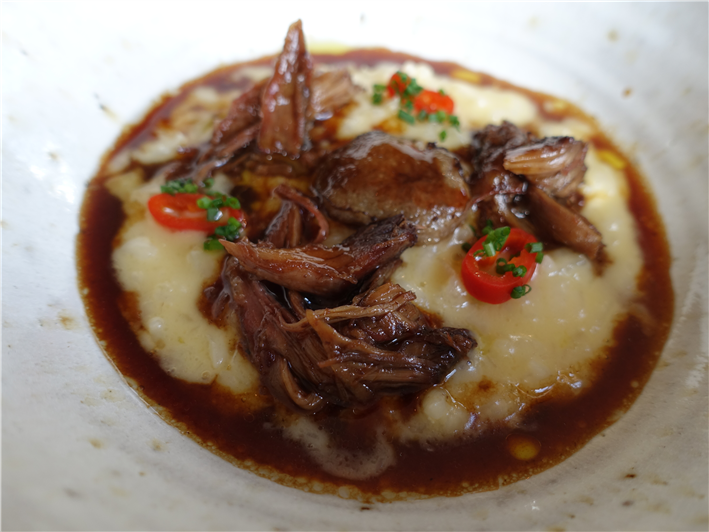
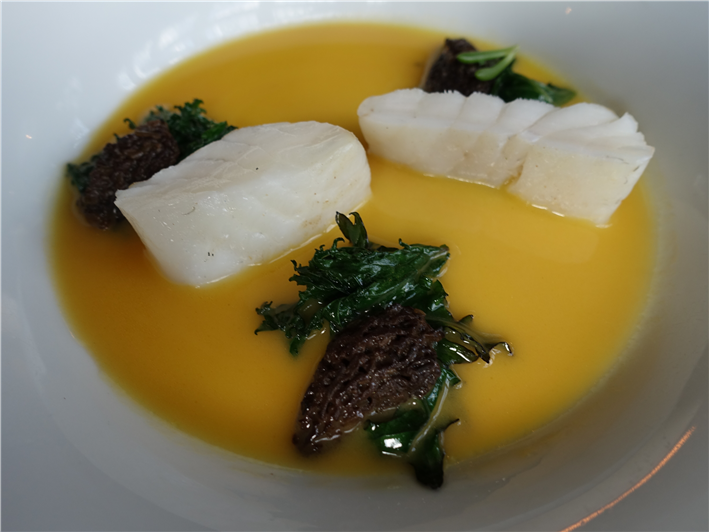

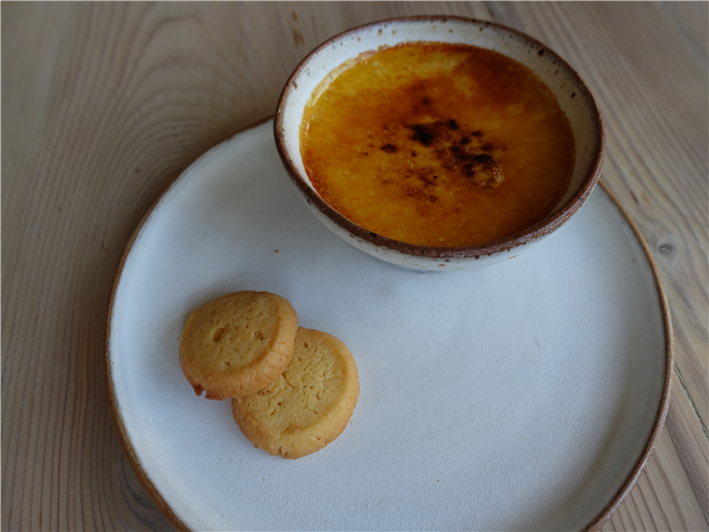
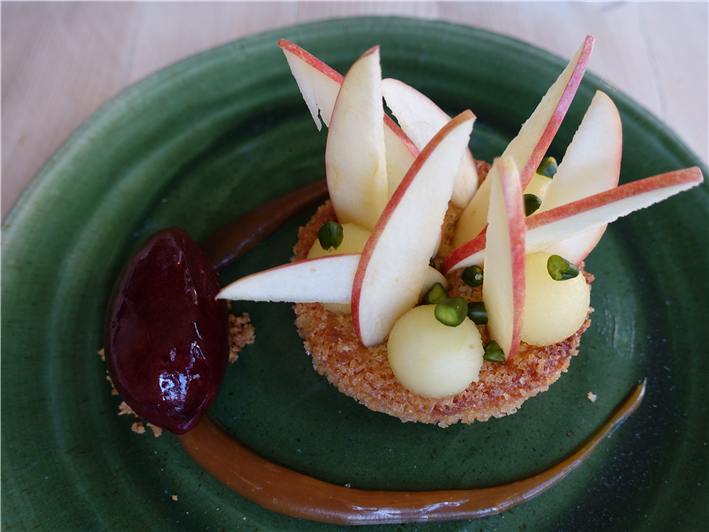

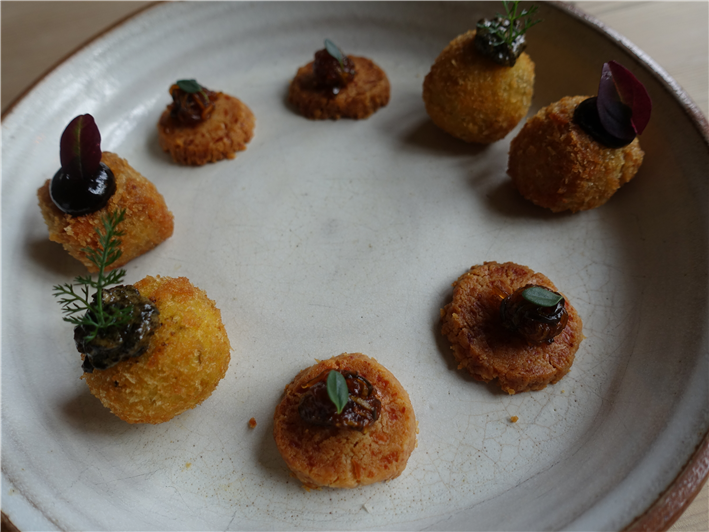
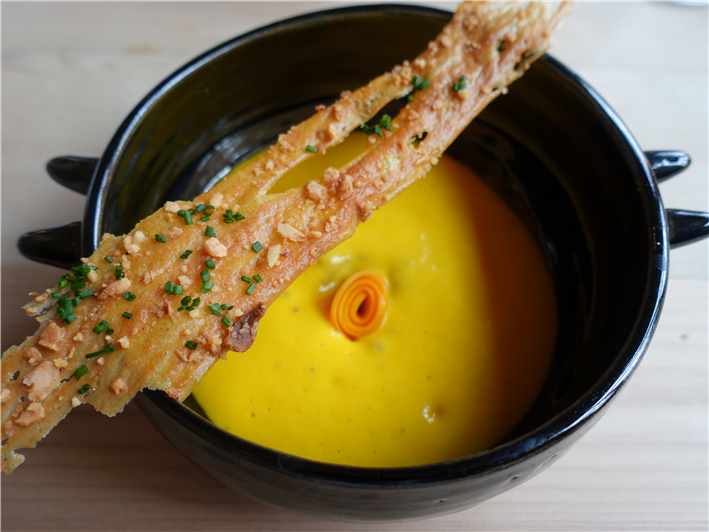
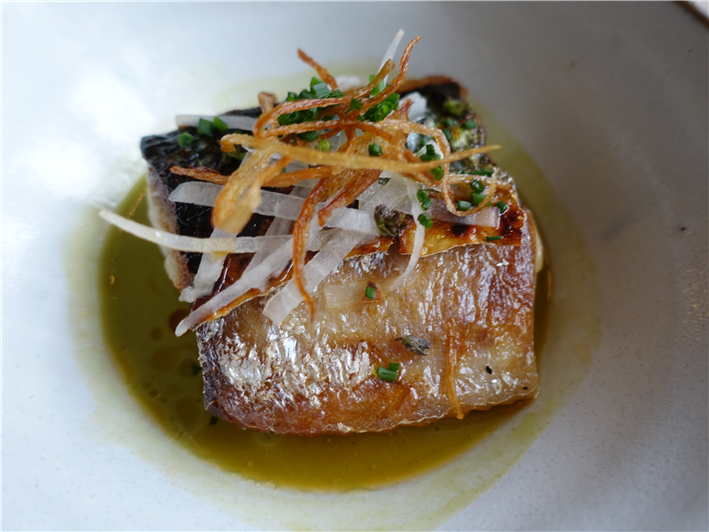
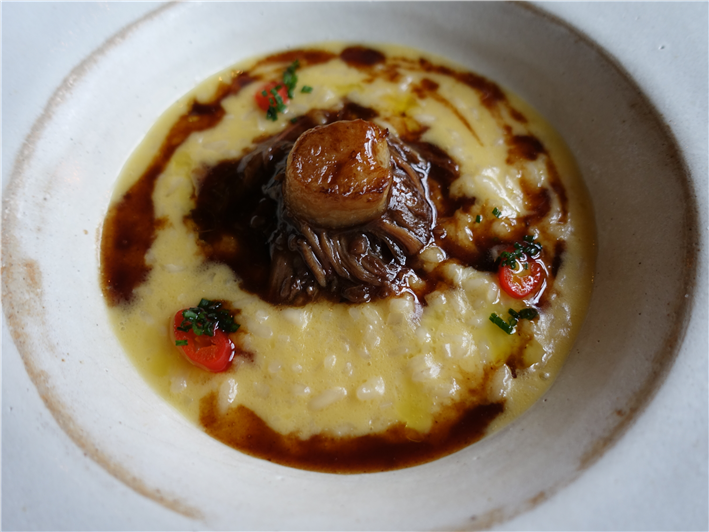
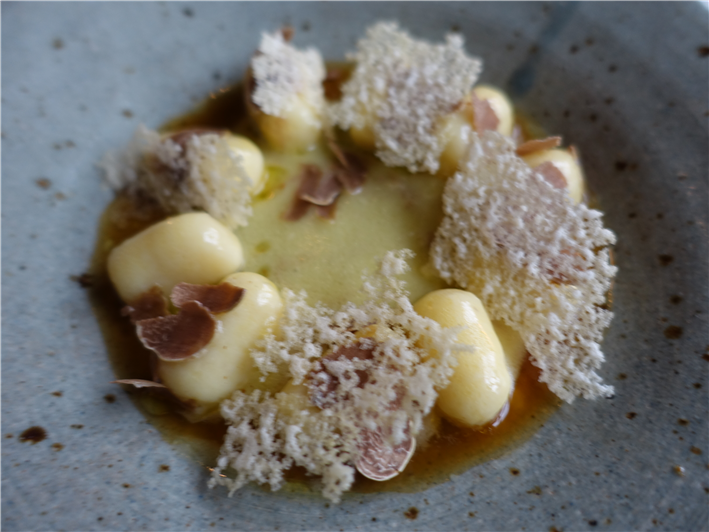


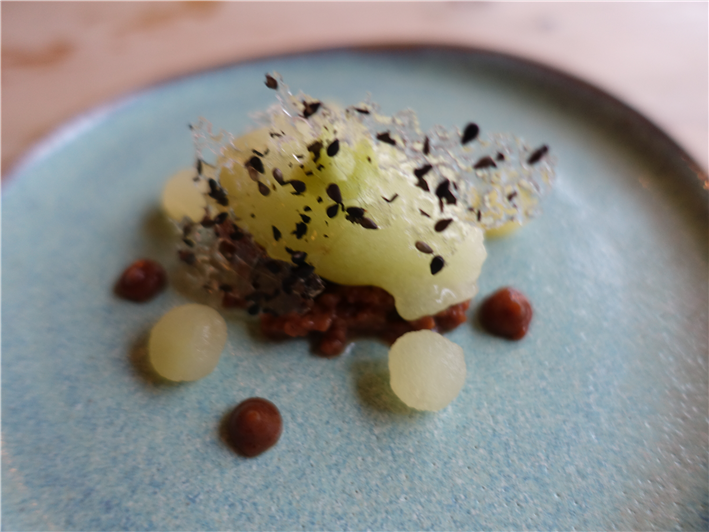
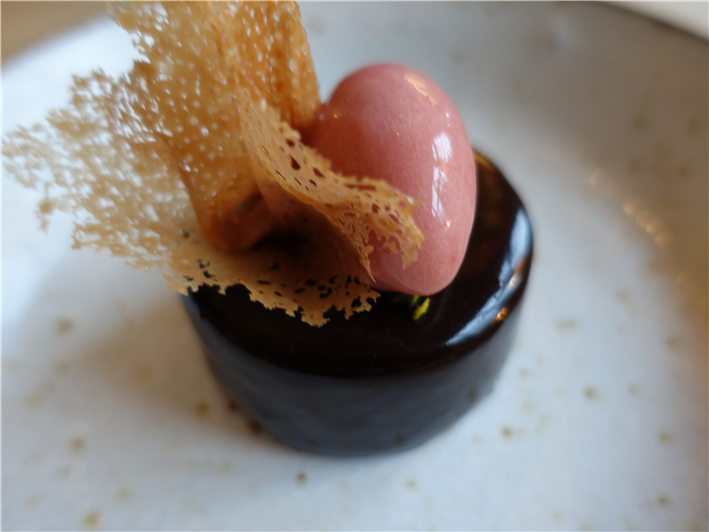
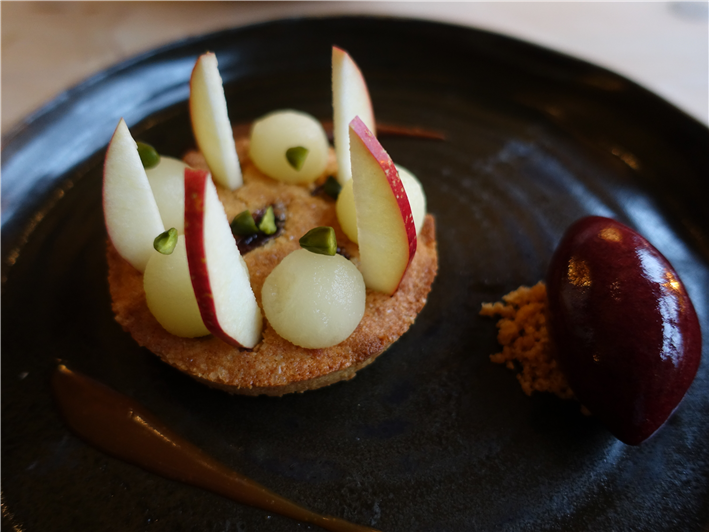

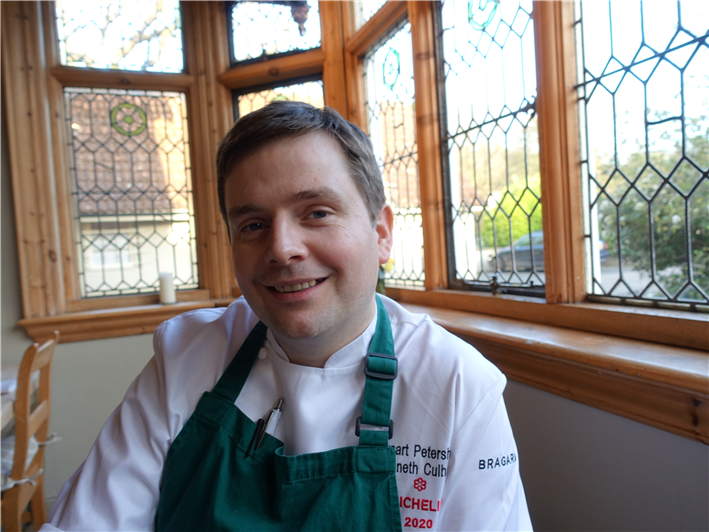

Add a comment
Thank you for submitting your comment, this will be checked and added to the website very soon.
User comments